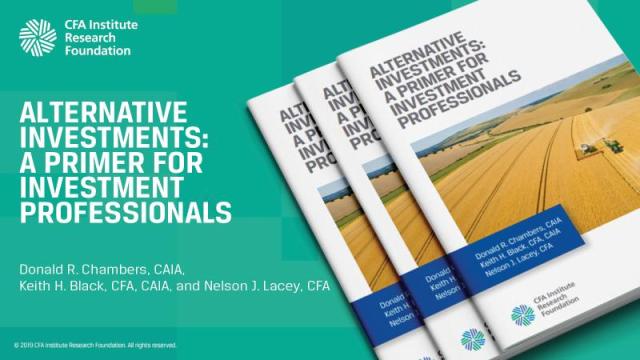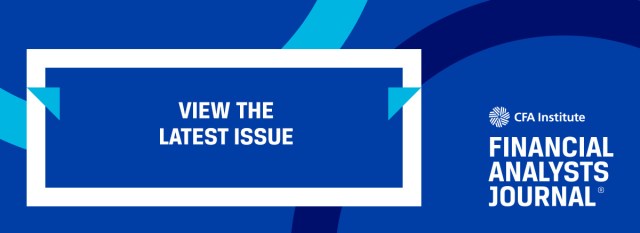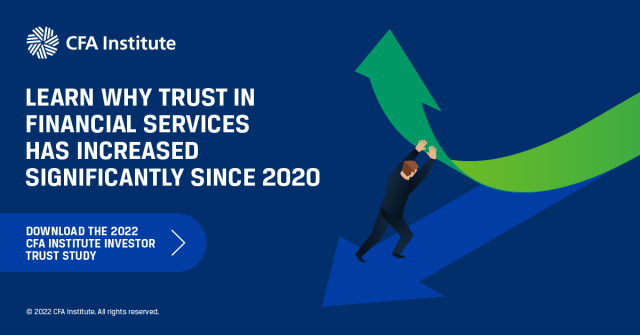[ad_1]
Where are rising interest rates a good thing?
With inflation at 40-year highs, the US Federal Reserve lifted its target range for the federal funds rate by 25 basis points (bps) and projected six more increases in 2022. Currently, the fed funds futures market is pricing in a rise of approximately 270 bps this year. That would surpass the 250-basis-point spike in 1994. A Deutsche Bank report recently suggested that the Fed could boost short-term rates as high as 6%.
Higher interest rates tend to be associated with declining asset values. That’s especially true in fixed-income markets where interest rates and bond values have an inverse relationship and interest rate sensitivity is measured by duration. A similar dynamic applies to equity valuations, albeit to varying degrees depending on the valuation method.
Fundamentally, the value of a company is the present value of its future earnings. Future earnings are negatively affected by rising interest rates since they increase the cost of borrowing and drag down net earnings. In addition, the present value of those future cash flows declines when discounted at a higher interest rate. Nonetheless, higher interest rates will act as a tailwind to certain hedge fund strategies, three in particular.
1. Commodity Trading Advisors (CTAs)
CTAs take long and short positions in commodities, currencies, equity indexes, and interest rates through the futures market. Because of the inherent leverage structured into these instruments, many CTAs deploy only 10% to 20% of their capital, with the balance allocated to short-term fixed-income instruments. Rising interest rates will increase their potential returns. Indeed, demand for CTAs has spiked given their neutral or even negative correlation with both equity and fixed-income markets.
CTAs fall into two principal categories: medium-term and short-term trend, with the vast majority of capital invested in the former. Medium-term trend CTAs hold positions from six weeks to six months while their short-term counterparts hold them from intraday to several weeks.
Along with strong, long-term performance records, the best CTAs are negatively correlated with long-only benchmarks and, most importantly, exhibit positive skew. How much positive skew is an important metric because correlations are dynamic and, across sectors and strategies, often move toward 1.0 during market selloffs. CTAs with high positive skew typically become more short and provide valuable tail-risk protection when everything else is declining.
2. Reinsurance
Reinsurance strategies assume insurance company liabilities for property damage to residential and commercial property caused primarily by hurricanes, earthquakes, wildfires, and other natural disasters. Reinsurers are profitable when the premiums they collect outpace the claims they have to cover: Their performance has little correlation with the capital markets.
Regulators require reinsurance funds to hold 100% of their potential liabilities, usually in escrow or a trust, until the insurance contracts expire. Most reinsurance contracts have terms of one year or less. Reserves are invested in short-term securities, where increases in short-term interest rates enhance returns. It’s worth noting that while climate change is real, one-year contracts also give managers the opportunity to incorporate climate change data into their expected loss and return assumptions, thereby muting any effect on the portfolio.
Return expectations for reinsurance investing have risen dramatically over the past five years. In many cases, premiums have more than doubled while the risk of loss has only slightly increased. Today, many investors anticipate double-digit returns.
3. Higher Turnover Relative Value Fixed Income
Strategies that provide liquidity to complex or less liquid fixed-income securities have replaced bank proprietary trading desks. Rising interest rates increase volatility across fixed-income markets, and more volatility often leads to higher returns for these trading-oriented strategies. Managers generate most of their return through alpha and limit market beta by actively hedging both interest rate and credit spread risk. These approaches also have low correlation with the capital markets and can provide some tail-risk protection during market selloffs.
CTAs, reinsurance, and short-term relative value fixed income are just a few of the hedge fund strategies that should benefit as short-term rates rise from near 0% to potentially well over 3%. This will have two major implications for the hedge fund industry:
- These strategies will grow their market share at the expense of other approaches. The $4 trillion hedge fund industry is mature. Investors make their allocations after thoughtful evaluation, across strategies and managers, based on which offer the best opportunity to add value to their portfolios. These decisions influence not only new allocations but also reallocations from one manager to another. The expected return among different managers may only vary by 1% or 2%. So, demand for those helped by rising interest rates will grow significantly.
- Large institutional investors are more likely to negotiate a hurdle on performance fees. Downward pressure on hedge fund fees has focused on management and performance fees as well as hurdles and performance crystallization time frames. If short-term rates maintain their upward trajectory, more institutional investors will request a performance hurdle for the carried interest portion of performance generated by the portfolio’s cash position.
There is plenty of uncertainty about what rising interest rates will mean for the markets and the larger economy. Recession, stagflation, and other potentialities can’t be ruled out.
Yet, while the net effect of rising rates may be negative, it’s worth remembering that some strategies stand to gain.
If you liked this post, don’t forget to subscribe to the Enterprising Investor.
All posts are the opinion of the author. As such, they should not be construed as investment advice, nor do the opinions expressed necessarily reflect the views of CFA Institute or the author’s employer.
Image credit: ©Getty Images/MicroStockHub
Professional Learning for CFA Institute Members
CFA Institute members are empowered to self-determine and self-report professional learning (PL) credits earned, including content on Enterprising Investor. Members can record credits easily using their online PL tracker.
[ad_2]
Image and article originally from blogs.cfainstitute.org. Read the original article here.




